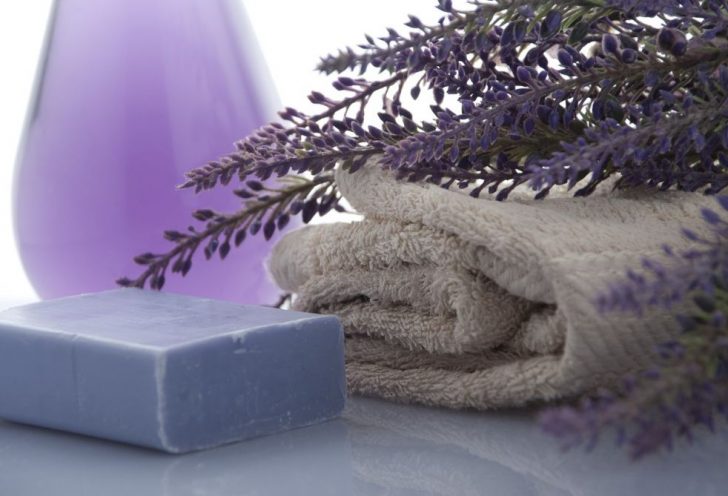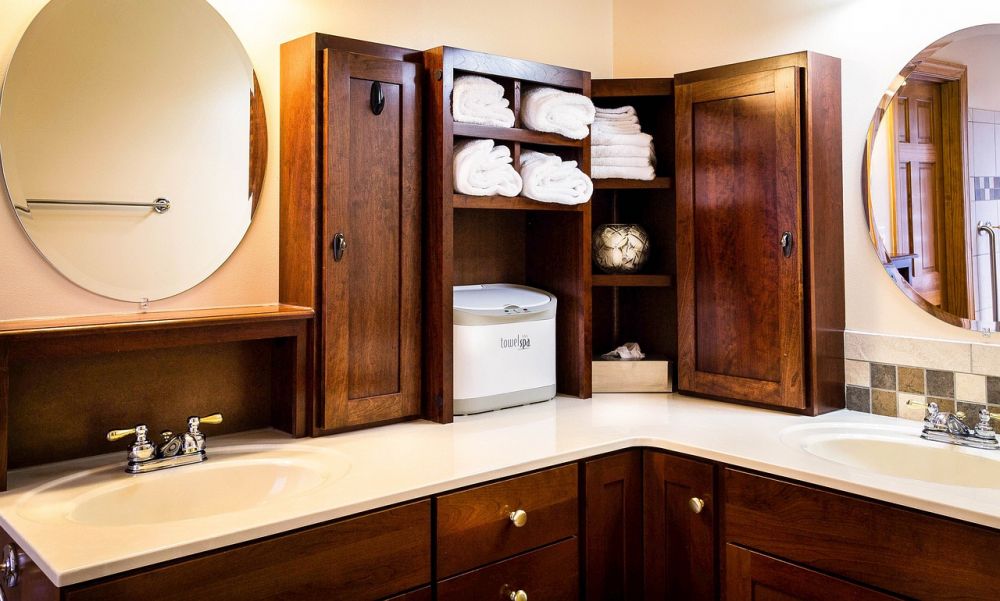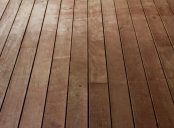Kalksten Badrum: En övergripande och grundlig översikt

Introduction
Bathrooms often serve as a sanctuary within our homes, providing a space for relaxation and rejuvenation. One excellent material that can enhance the aesthetics and functionality of a bathroom is limestone. In this comprehensive article, we will delve deep into the world of limestone bathrooms, exploring their various types, popularity, quantitative measurements, differences between different limestone options, and a historical overview of the advantages and disadvantages associated with limestone bathrooms. So let’s dive in and discover the wonders of limestone in bathroom design.
1. What are limestone bathrooms?
Limestone bathrooms refer to spaces where limestone is used extensively in the design and construction of various elements, such as flooring, wall cladding, countertops, and even shower enclosures. Limestone, a sedimentary rock composed primarily of calcium carbonate, offers timeless elegance and natural beauty to any bathroom. Its versatility allows for a multitude of design possibilities, ranging from minimalist to luxurious, depending on your aesthetic preferences.
2. Exploring different types of limestone bathrooms

Limestone bathrooms can be categorized based on the type of limestone used. Here are a few popular options:
a) Crema Marfil: Known for its warm, creamy tones, Crema Marfil limestone creates a soft and inviting ambiance in bathrooms. It is widely used for flooring, vanity tops, and bath surrounds.
b) Bianco Avorio: Bianco Avorio limestone, with its white and beige hues, exudes a sense of purity and tranquility. It is often utilized for creating spa-like atmospheres and is highly sought after for shower walls and backsplashes.
c) Blue Limestone: If you aim to add a touch of drama and sophistication to your bathroom, blue limestone can be a great choice. With its dark blue-gray color, it offers a striking contrast and is commonly used for accent walls, flooring, and custom sinks.
d) Jura Grey: Jura Grey limestone boasts a unique blend of gray and beige tones, giving bathrooms a contemporary and stylish appearance. It works well for both traditional and modern designs and is frequently used for shower trays and vanity units.
3. Quantitative measurements in limestone bathrooms
When it comes to measuring the quality and durability of limestone used in bathrooms, several factors should be considered, including:
a) Porosity: Limestone’s porosity defines its ability to absorb moisture. Lower porosity indicates higher resistance to moisture damage, making it suitable for wet areas like bathrooms.
b) Density: The density of limestone affects its strength and resilience. Higher density limestone is more durable and less prone to cracking or chipping.
c) Water absorption: This measurement determines how much water the limestone can absorb. Lower water absorption rate signifies better resistance to water damage and stains.
d) Slip resistance: Since bathrooms are prone to wet conditions, it is crucial to consider the slip resistance of the limestone used. Coarser textures or finishes provide better traction and minimize the risk of accidents.
4. Discussing the differences between various limestone options
Each type of limestone used in bathrooms has distinct characteristics that set them apart. Some factors for comparison include:
a) Color range: The color options available vary widely, from warm creams and beiges to cool grays and blues.
b) Veining patterns: Limestone can showcase beautiful veining, adding visual interest to the bathroom design. The patterns can range from subtle to bold, depending on the type of limestone.
c) Surface finishes: Limestone can be finished in various ways, such as honed, polished, or brushed, each providing a different look and texture.
d) Price range: The cost of limestone can vary based on factors like rarity, origin, and finish, allowing for different price options to suit various budgets.
e) Maintenance requirements: Some limestone types may require occasional sealing or more frequent cleaning to maintain their appearance, while others are more forgiving in terms of maintenance needs.
5. A historical overview of advantages and disadvantages of limestone bathrooms
Limestone has been utilized in bathrooms for centuries due to its inherent benefits and aesthetic appeal. However, it’s essential to consider both the advantages and disadvantages before incorporating limestone into your bathroom design:
Advantages:
– Natural beauty and timeless appeal
– Wide range of color and texture options
– Versatility in design styles
– Ability to withstand high humidity and moisture levels
– Cool to the touch, making it suitable for warm climates
Disadvantages:
– Requires periodic sealing to prevent staining
– Some types may be more susceptible to scratches and etching
– Cost can vary depending on rarity and finishes
– Requires proper cleaning and maintenance to prevent damage
Conclusion
Limestone bathrooms offer a unique blend of elegance, functionality, and natural beauty. Whether you choose Crema Marfil for a warm and inviting ambiance or Blue Limestone for a dramatic statement, limestone can transform your bathroom into a personal sanctuary. By exploring the advantages and disadvantages, understanding quantitative measurements, and considering various limestone options, you can make an informed decision that aligns with your aesthetic preferences, maintenance needs, and budget. Embrace the understated luxury of limestone and elevate your bathroom design to new heights.





















